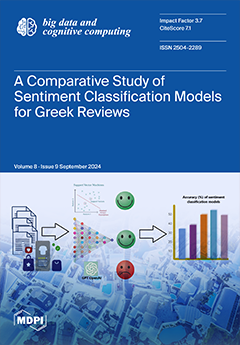Blockchain technology has impacted various sectors and is transforming them through its decentralized, immutable, transparent, smart contracts (automatically executing digital agreements) and traceable attributes. Due to the adoption of blockchain technology in versatile applications, millions of transactions take place globally. These transactions are
[...] Read more.
Blockchain technology has impacted various sectors and is transforming them through its decentralized, immutable, transparent, smart contracts (automatically executing digital agreements) and traceable attributes. Due to the adoption of blockchain technology in versatile applications, millions of transactions take place globally. These transactions are no exception to adversarial attacks which include data tampering, double spending, data corruption, Sybil attacks, eclipse attacks, DDoS attacks, P2P network partitioning, delay attacks, selfish mining, bribery, fake transactions, fake wallets or phishing, false advertising, malicious smart contracts, and initial coin offering scams. These adversarial attacks result in operational, financial, and reputational losses. Although numerous studies have proposed different blockchain anomaly detection mechanisms, challenges persist. These include detecting anomalies in just a single layer instead of multiple layers, targeting a single anomaly instead of multiple, not encountering adversarial machine learning attacks (for example, poisoning, evasion, and model extraction attacks), and inadequate handling of complex transactional data. The proposed AHEAD model solves the above problems by providing the following: (i) data aggregation transformation to detect transactional and user anomalies at the data and network layers of the blockchain, respectively, (ii) a Three-Layer Hierarchical Ensemble Learning Model (HELM) incorporating stratified random sampling to add resilience against adversarial attacks, and (iii) an advanced preprocessing technique with hybrid feature selection to handle complex transactional data. The performance analysis of the proposed AHEAD model shows that it achieves higher anti-adversarial resistance and detects multiple anomalies at the data and network layers. A comparison of the proposed AHEAD model with other state-of-the-art models shows that it achieves 98.85% accuracy against anomaly detection on data and network layers targeting transaction and user anomalies, along with 95.97% accuracy against adversarial machine learning attacks, which surpassed other models.
Full article





